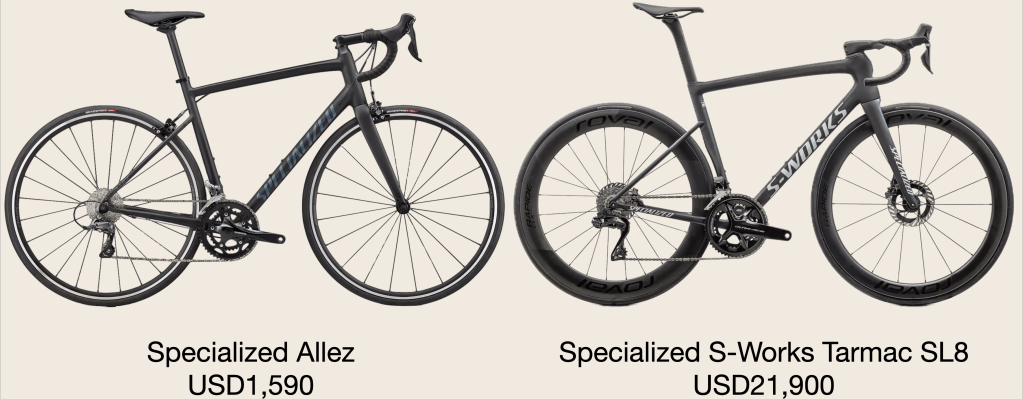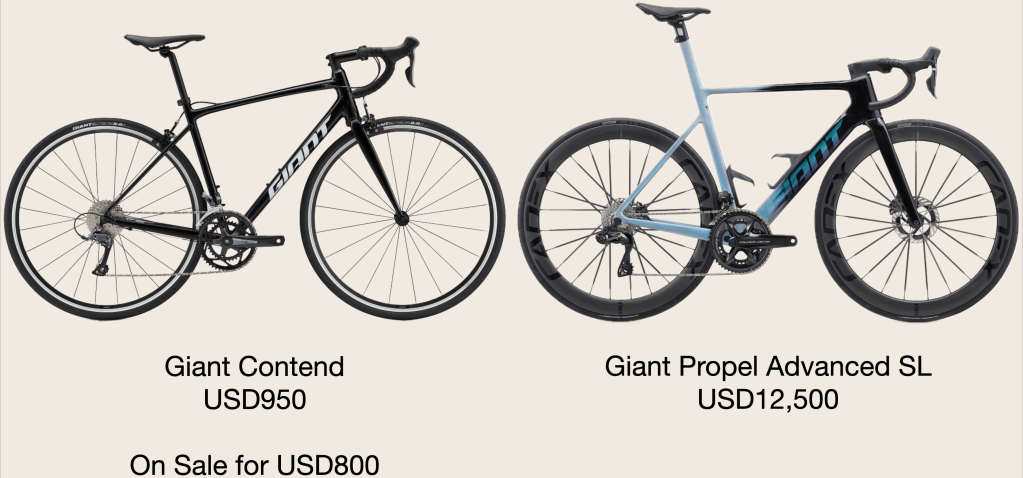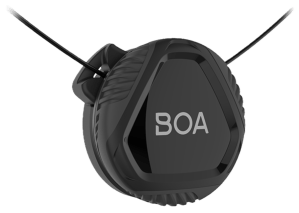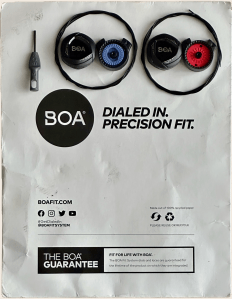When I started cycling in 2008, my Biker Chick and I agreed that I must pass annual health checkups to continue to cycle.
These checkups included a cardiac stress test. This test helps determine how well your heart responds to physical exertion. The patient is connected to an electrocardiogram (ECG) machine, a blood oxygen level monitor, and a blood pressure cuff. The test starts on a treadmill at a walking pace. The speed and grade of the treadmill increase as the test continues. Vital signs are recorded every three minutes. The test ends when the patient reaches a calculated maximum heart rate or cannot continue because of fatigue, shortness of breath, etc.
My stress test results at subsequent annual health checks continued to be good.
In 2021, I decided to have a cardiac computed tomography (CT) scan and an echocardiogram at the Institut Jantung Negara (National Heart Institute). These tests were part of a Heart Health Package that included blood and urine tests, a chest X-ray, a pelvic ultrasound, spirometry and a breath CO2 test, and a Vascular Ankle Brachial Index.
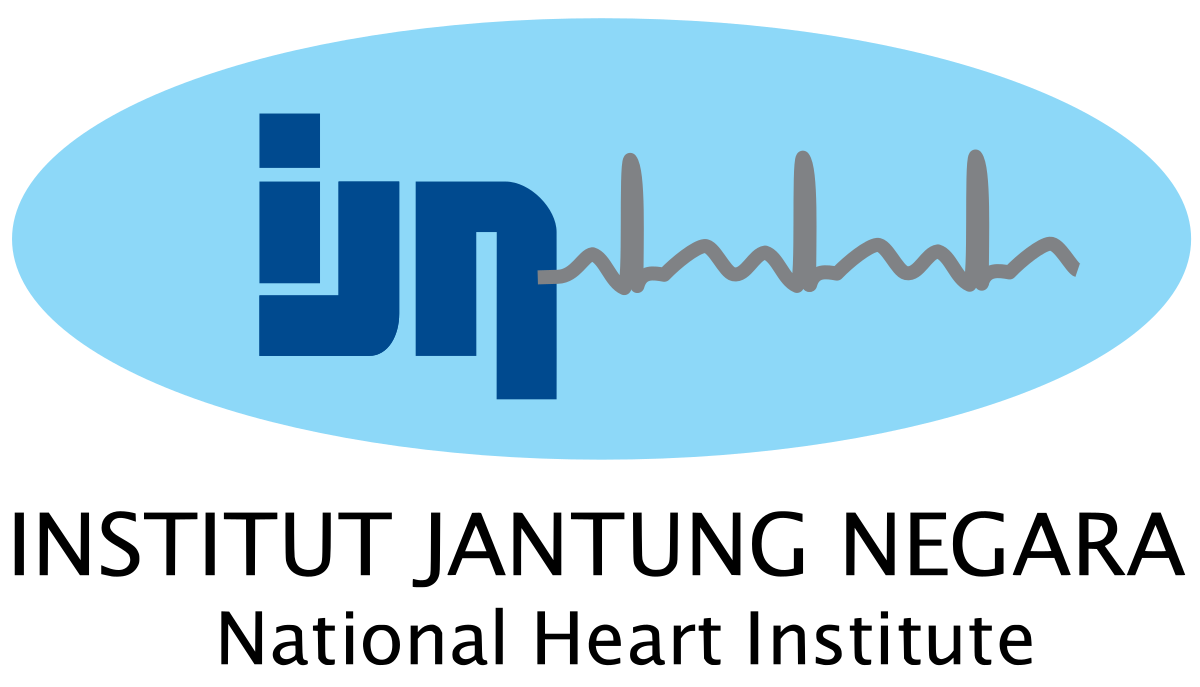

A cardiac CT scan uses multiple X-ray beams in conjunction with an intravenous contrast dye to produce three-dimensional images of the heart structure and associated blood vessels. A cardiac CT scan generates a coronary calcium scan to reveal any buildup of calcium in the heart arteries. It also evaluates if there is a narrowing or a blockage in the arteries that bring blood to the heart.
My cardiac CT scan revealed a mild to moderate non-calcified atherosclerotic disease in the left anterior descending coronary artery and mild mixed calcified and non-calcified atherosclerotic disease in the right coronary artery.
These blockages would not have been detected by a cardiac stress test. I can pass a cardiac stress test despite the mild to moderate blockages in my heart arteries. The cardiac CT scan detected the blockages early enough that angioplasty or stenting was not needed. The only change to my lifestyle, if it can be called that, is a daily statin tablet.
The echocardiogram uses ultrasound to check the structure and function of the heart valves and chambers. The ultrasound is often combined with Doppler ultrasound and colour Doppler techniques to evaluate blood flow across the heart’s valves.
The echocardiogram did not reveal any anomalies. All my heart structures and heart functions are normal.
Since that first visit, I have had semi-annual visits to the IJN. Every visit includes blood and urine tests and a consultation with my usual doctor. I have an echocardiogram every other visit. My most recent echocardiogram was three days ago. My results were excellent, and my ticket to ride is good for the next six months.










